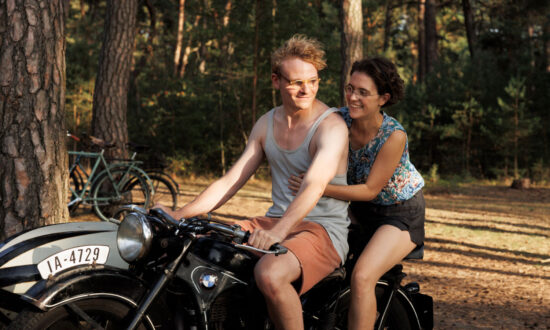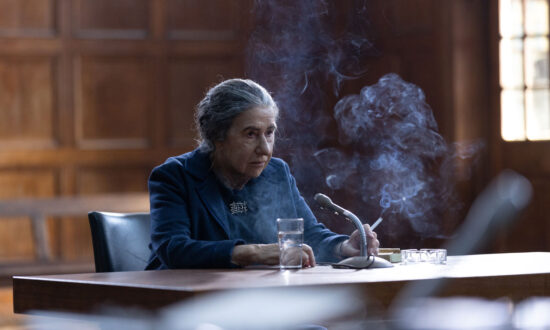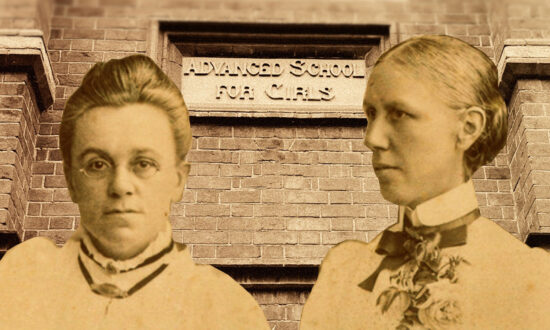The dramatic opening filmed on stony ground near Burra in South Australia has the new boy (Aswan Reid) choking the life out of a white policeman who he climbs onto like a deranged zombie. They are unequal in size but the boy has supernatural strength and walks away, only to be felled by an incoming boomerang.
Which is how he comes to be delivered in a sack in the 1940s to an isolated Outback monastery where the head nun, Sister Eileen (Cate Blanchett), is in the fervid throes of a religious quest whose purpose she has never found. For reasons not made clear, Sister Eileen and her offsider Sister Mum (Deborah Mailman), who care for homeless boys, are happy to let the new one wander around undisciplined, like a rescued puppy.
“It’s the pecking order,” Sister Eileen says indulgently, as one of her other charges comes to grief. Only the monastery manager George (Wayne Blair) has his hackles up: he is on a good wicket on a property that yields olives and grain and is not about to let a newcomer mess it up.
This strange and often silent film has moments of magic and majesty underpinned by a dark and swirling score from Nick Cave and Warren Ellis. But supporting these sublime moments are a series of undeveloped ideas: things touched on and then left, started but not finished. The priest running the monastery has died and the nuns don’t want anyone finding out. But why? There seems little to hide as they teach the boys faith and send them out into the world.
Thornton is a masterful filmmaker whose 2017 feature, Sweet Country, was a tragic Indigenous western while his 2021 screen series, Firebite, gave us an engaging splatter fest about Indigenous vampires defending their turf – it was filmed in Coober Pedy – against an invasion of zombies. As an analogy of colonial occupation, it was brilliant, and it was fun.

Get InReview in your inbox – free each Saturday. Local arts and culture – covered.
Thanks for signing up to the InReview newsletter.
Here, Blanchett is jumpy, febrile and weepy as the deluded nun looking for whatever miracle she can latch onto while Reid is magnificent – he carries the story in his tough little body.
But it feels like a film that needed more thought and a stronger, cohesive narrative that justified its almost two-hour run time.
The ending – which is overlong and obsessed with stigmata – is ripe with analogy: a story of Indigenous power and wonder curbed and destroyed by smiling missionaries who made their flock seek refuge in a god they did not understand. As The New Boy reminds us, Indigenous people already had rich creation stories of their own.
Support local arts journalism
Your support will help us continue the important work of InReview in publishing free professional journalism that celebrates, interrogates and amplifies arts and culture in South Australia.
Donate Here




